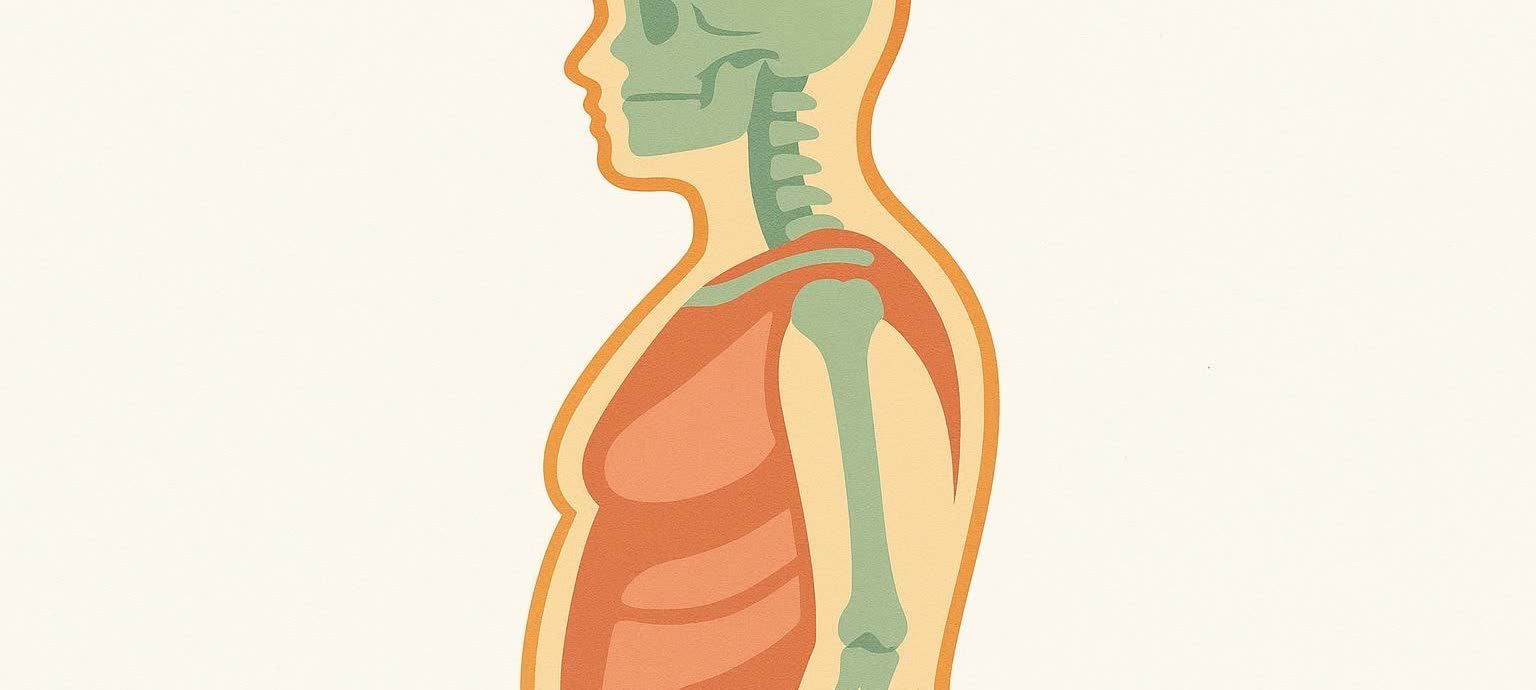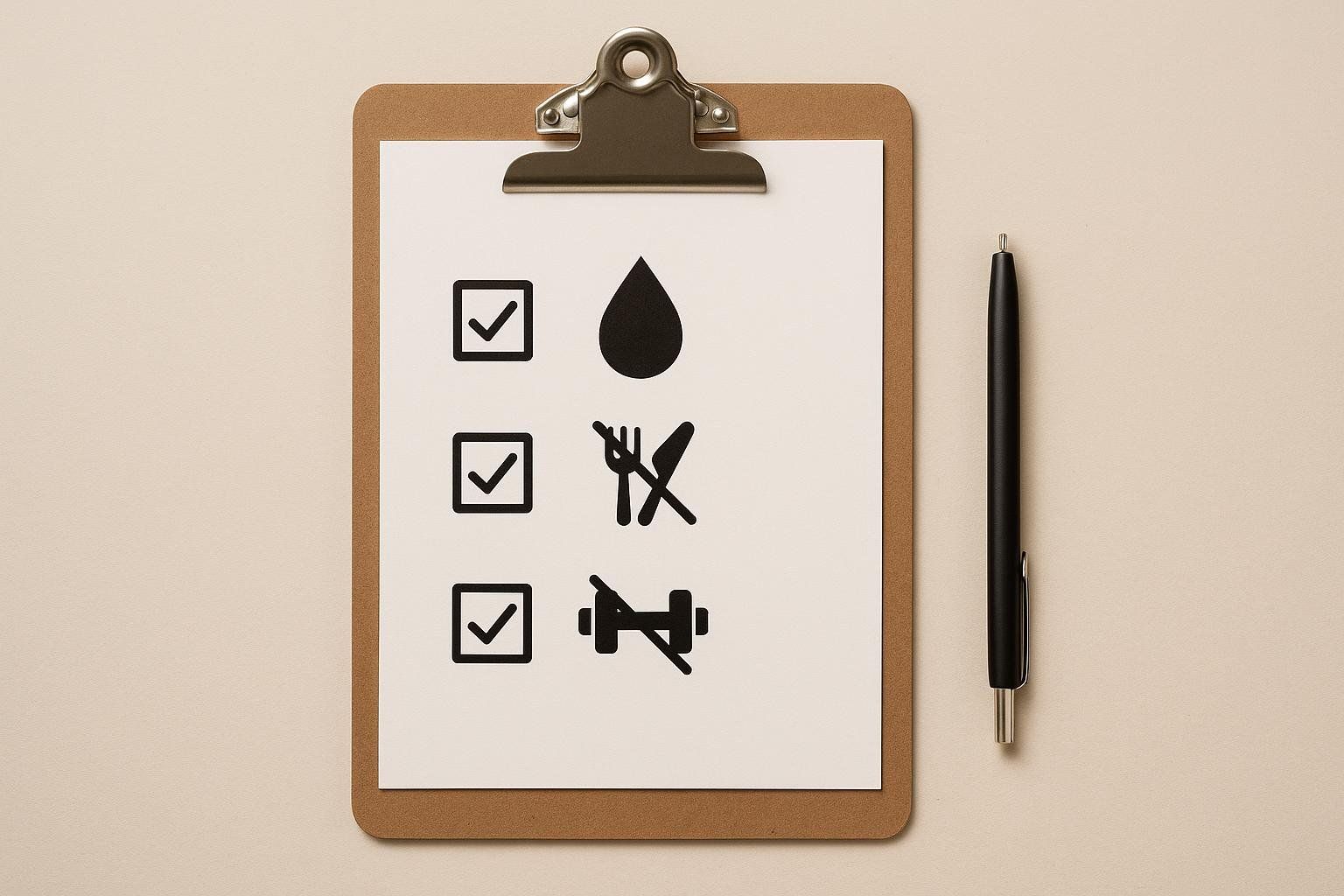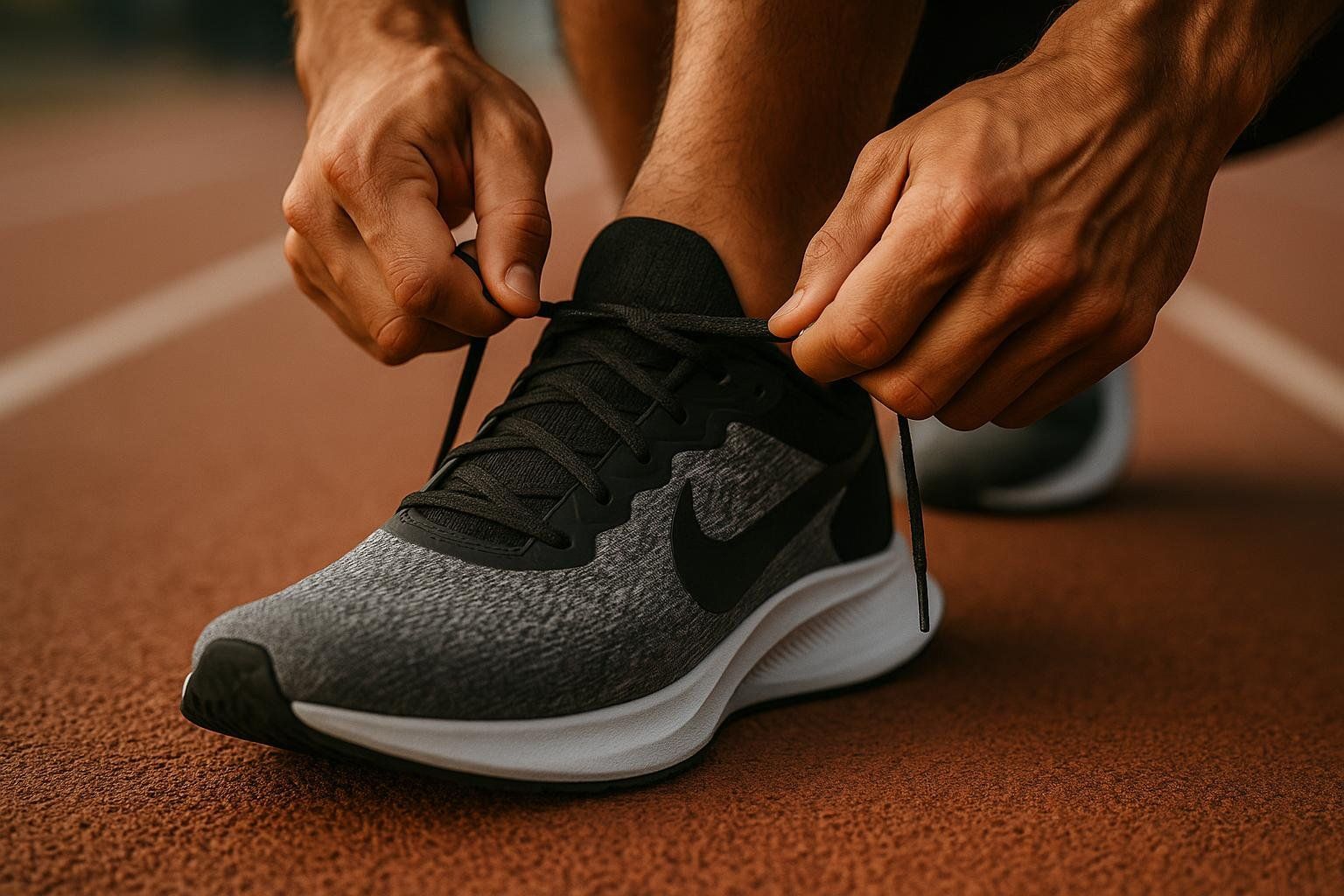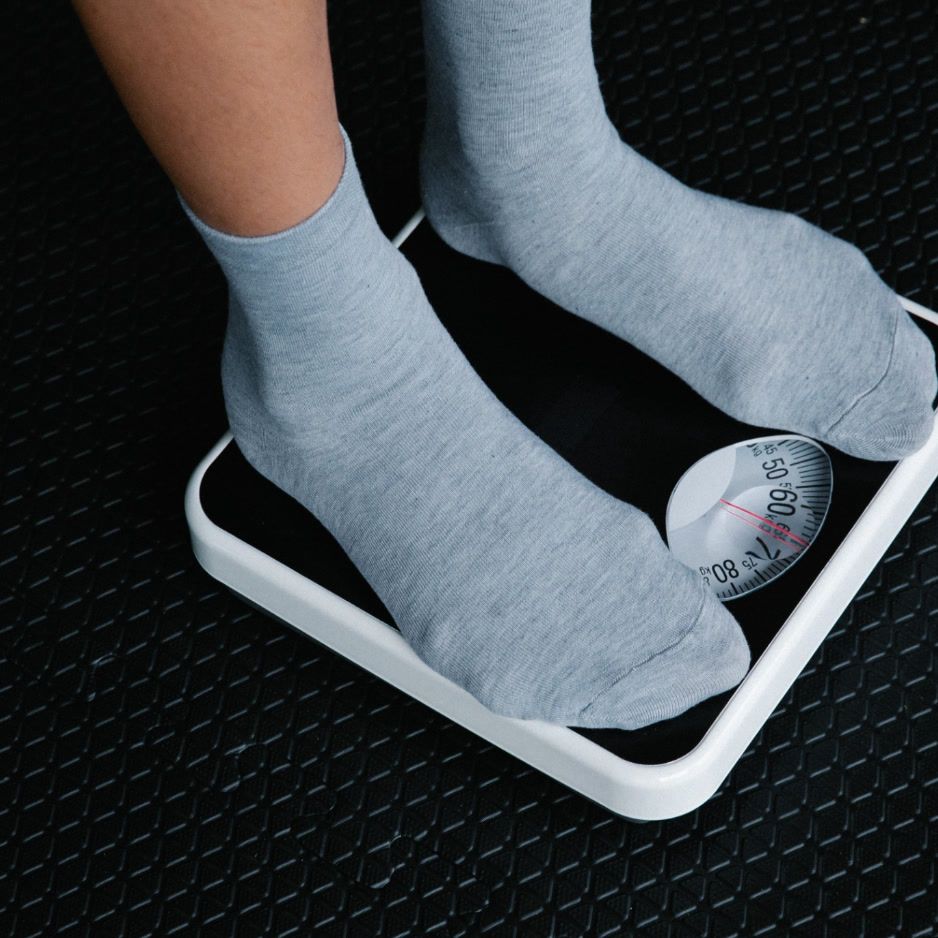Most Accurate Body Composition Test

Most Accurate Body Composition Test: Methods Ranked
Quick answer: The most accurate body composition test in research is a multi-step four-compartment (4C) model. For real-world use, a single DXA scan is the most accurate, practical choice for individuals—combining precision, detailed regional insights, and accessibility. DXA is also the preferred method for many researchers and clinicians due to its excellent accuracy-to-practicality ratio (Obesity Medicine Association, Houston Methodist).
The 4C model combines body volume, total body water, bone mineral, and body mass. It's the criterion standard for accuracy—but it requires multiple procedures and specialized equipment.
For daily life and coaching/clinical workflows, DXA (dual-energy X-ray absorptiometry) stands out as the practical choice for accuracy. It shows strong agreement with multi-compartment models and excellent repeatability, including in DEXA-derived 4C validations (DEXA-4C validation study).
DXA also provides actionable detail—like regional fat/lean maps and a visceral adipose tissue (VAT) estimate—at an accessible price point.
How accurate is each method?
| Method | What it measures | Accuracy & Notes | Practical takeaways |
|---|---|---|---|
| 4-Compartment (4C) model | Combines body volume, total body water, bone mineral, and body mass | Considered the criterion for accuracy in research; demonstrates excellent reliability across sessions (validation study). | Most accurate overall, but requires multiple procedures; rarely used outside labs. |
| DXA (3-compartment) | Fat mass, lean soft tissue, bone mineral; regional maps; VAT estimate | Strong agreement with 4C models, but bias can occur. May underestimate fat in leaner people or overestimate by 4–5% in some populations (e.g., non-Hispanic Caucasians vs. Hispanics) (DXA vs 4C in lean adults; ethnic-difference analysis). Excellent test–retest precision for tracking change (DEXA-4C study). | Best single test for accuracy + detail + repeatability. Adds VAT and regional lean/fat data you can act on. |
| Hydrostatic weighing | Body density via water displacement (then converts to % fat) | Accurate under optimal conditions (±1.5% in lab settings); assumptions and lung-air estimates can widen error (UNM body composition overview). | Strong if executed perfectly, but less practical; no regional or VAT data. |
| Bod Pod (ADP) | Body density via air displacement | ±1–3% error under good protocols; errors can be larger in some cohorts. Can be equivalent to DXA at a group level in some college-age studies, but individual results may still differ by about 1–5% body fat (Bod Pod vs DXA equivalence study; UNM body composition overview). | Comfortable and quick; no regional or VAT data; sensitive to assumptions. |
| Multi-frequency BIA (InBody, etc.) | Electrical impedance; estimates water → FFM/FM | Reliable for trends with strict prep, but often shows a 3–5 percentage-point offset vs DXA and is sensitive to hydration (2024 nutrition review; equivalence study). | Good for frequent check-ins; expect absolute differences vs DXA. No VAT or bone density. |
Why DXA is the practical "most accurate" choice

- Comprehensive outputs in one scan: total and regional fat/lean, android:gynoid (A/G) fat distribution (the ratio of fat stored in the trunk versus the hips), and visceral adipose tissue (VAT) estimate (Iowa Radiology overview; see our primer on visceral fat and health risks).
- High precision for tracking change: scan-to-scan repeatability is excellent when protocols are standardized.
- Accessible and fast: a whole-body DXA takes about 10 minutes with very low radiation—on the order of a day or less of natural background exposure (see our radiation safety guide).
- Trusted proxy for multi-compartment models: DXA shows strong agreement with 4C models across many cohorts. In addition, DXA-derived equations can simplify 4C acquisition. Increasingly, researchers and clinicians choose DXA over 4C models because it closely aligns with 4C accuracy while being faster, far less costly, and richer in actionable outputs—including regional body composition data, VAT estimates, and bone density measurements. This balance of accuracy, cost, and added outputs is why DXA has become the preferred standard in both clinical practice and research settings, with 4C models reserved primarily for specialized validation studies. Reviews and validations support this approach (Obesity review on DXA trueness/precision; DEXA-4C validation of DXA-derived body volume). Recent and foundational methodology work also notes that while 4C is ideal for accuracy, it is often impractical outside specialized labs due to cost and equipment requirements (research noting its impracticality outside labs).
How BodySpec Ensures Scan-to-Scan Precision

- Daily calibration checks with a physical standard: We test every scanner at least twice a day using a known reference object to confirm calibration before scanning clients. This keeps hardware variation extremely low and supports repeatability near ±0.5 percentage points across all body composition metrics when your prep is consistent (see the DEXA Scan Accuracy Guide).
- Consistent results across locations: All scanners are centrally monitored so readings stay aligned across our storefronts and mobile vans. If a unit starts to drift, we pause scanning and correct it to keep your trend data comparable (details in our mobile QA standards).
- In-house, manufacturer-trained techs: Our technicians maintain and service every scanner following rigorous manufacturer and internal protocols to ensure consistent performance in real-world conditions.
Accuracy pitfalls to avoid

- Inconsistent prep (meals, hydration, hard workouts) shifts lean mass/water and skews results; standardize your day and time and follow our scan preparation checklist.
- Comparing results from different methods: a BIA reading won't match a DXA number 1:1 due to different models and algorithms; focus on trends within a method (see the college-age equivalence study and this 2024 nutrition review).
- Ignoring distribution: total % fat misses android/VAT risk—DXA's VAT estimate adds crucial context (see our explainer on visceral fat and its risks).
Real-world picks: three common scenarios

- High-stakes performance block or body-recomp: Book DXA to quantify fat vs lean changes and central fat; re-scan in 8–12 weeks for clean comparisons. See our DEXA precision controls.
- Clinic or program onboarding: Use DXA for a high-fidelity baseline (VAT + regional lean/fat + bone trends), then add BIA for frequent interim trend checks (Houston Methodist).
- Remote tracking on a budget: Use a quality multi-frequency BIA device with strict protocols, then validate quarterly with DXA (2024 nutrition review).
FAQs
Which test is most accurate overall?
A 4C model is the accuracy "gold standard" in research, but it's impractical outside labs. For consumers, researchers, and clinicians alike, DXA is the best single test—offering an optimal mix of accuracy, precision, and actionable health insights (DEXA-4C validation; Obesity Medicine Association).
How close is DXA to a 4C model?
DXA is very close to 4C models, but results can vary. For example, some studies note small underestimations in lean people and overestimations of about 4–5% in certain populations (DXA vs 4C in lean adults; ethnic-difference analysis). For tracking change, DXA's test–retest precision is excellent (DEXA-4C study).
Are home BIA scales accurate?
Modern multi-frequency BIA can be reliable for trends but often shows a 3–5 percentage-point offset vs DXA in controlled comparisons, and hydration strongly influences results (2024 nutrition review; equivalence study). Use them consistently and confirm periodically with DXA.
How often should I test?
Every 8–12 weeks is ideal for meaningful change detection. Monthly can help during aggressive phases if you replicate prep (see our guide on when to get a DEXA and how often).
Does DXA measure visceral fat? Is it safe?
Yes—DXA estimates VAT in the abdominal region during the same scan. Radiation dose is very low (on the order of a day of natural background exposure), and scans take about 10 minutes (Iowa Radiology overview; see our radiation safety guide).
Bottom line
The "most accurate" test depends on context. In a lab, multi-compartment (4C) models win for pure accuracy. In the real world—for consumers, researchers, and clinicians—DXA is the clear winner as the most accurate, practical single test—with the added advantage of regional detail and visceral-fat data to guide training and health decisions. The combination of near-4C accuracy, comprehensive outputs, and practical accessibility is why DXA has become the preferred standard across clinical and research settings.
Next steps
- BodySpec DXA scans are typically $40–$60 with memberships offering the lowest per-scan rates. See current DXA scan prices and packages.
- Ready to start? Book a BodySpec scan.
- Want to compare modalities first? Explore:


